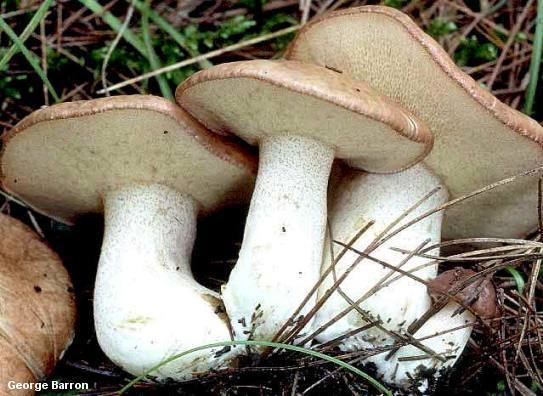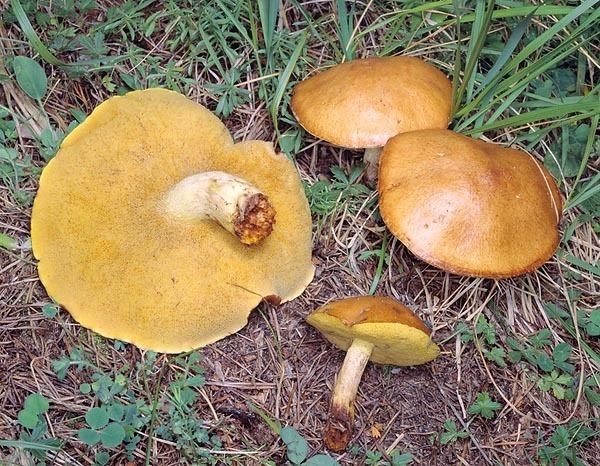Division Basidiomycota Scientific name Suillus granulatus Rank Species | ||
 | ||
Similar Suillus, Suillus luteus, Suillus grevillei, Suillus bovinus, Suillus variegatus | ||
Weeping bolete suillus granulatus 30 07 2011
Suillus granulatus is a pored mushroom of the genus Suillus in the family Suillaceae. It is similar to the related S. luteus, but can be distinguished by its ringless stalk. Like S. luteus, it is an edible mushroom that often grows in a symbiosis (mycorrhiza) with pine. It has been commonly known as the weeping bolete, or the granulated bolete.
Contents
- Weeping bolete suillus granulatus 30 07 2011
- Suillus granulatus hongo de pino laguna verde valparaiso chile hd
- Taxonomy
- Description
- Bioleaching
- Distribution and habitat
- Edibility
- Toxicity
- References

Suillus granulatus hongo de pino laguna verde valparaiso chile hd
Taxonomy

Suillus granulatus was first described by Carl Linnaeus in 1753 as a species of Boletus. It was given its current name by French naturalist Henri François Anne de Roussel when he transferred it to Suillus in 1796. Suillus is an ancient term for fungi, and is derived from the word "swine". Granulatus means "fine grain".
Description

The orange-brown, to brown-yellow cap is viscid (sticky) when wet, and shiny when dry, and is usually 3 to 9 cm in diameter. The stem is pale yellow, of uniform thickness, with tiny brownish granules at the apex. It is without a ring. The tubes and pores are small, pale yellow, and exude pale milky droplets when young. The flesh is also pale yellow.

Suillus granulatus is often confused with Suillus luteus, which is another common and widely distributed species occurring in the same habitat. S. luteus has conspicuous a partial veil and ring, and lacks the milky droplets on the pores.
Bioleaching

Bioleaching is the industrial process of using living organisms to extract metals from ores, typically where there is only a trace amount of the metal to be extracted. It has been found that Suillus granulatus can extract trace elements (Titanium, Calcium, Potassium, Magnesium and Lead) from wood ash and apatite.
Distribution and habitat

Grows with Pinus (pine trees) on both calcareous and acid soils, and sometimes occurs in large numbers. Suillus granulatus is the most widespread pine-associating Suillus species in warm climates. It is common in Britain, Europe, and North America. It is associated with Japanese red pine (Pinus densiflora) in South Korea. A native to the Northern Hemisphere, the fungus has been introduced into Australia under Pinus radiata. It is also found in Africa, New Zealand, Hawaii, and southern Chile.
Edibility
Suillus granulatus is edible and fair. Like all Suillus species, the tubes are best removed before cooking. It is sometimes included in commercially produced mushroom preserves. Has been known to cause mild stomach upsets. The fruit bodies—low in fat, high in fiber and carbohydrates, and a source of nutraceutical compounds—can be considered a functional food.
Toxicity
Suillus granulatus sometimes causes contact dermatitis to those who handle it.
